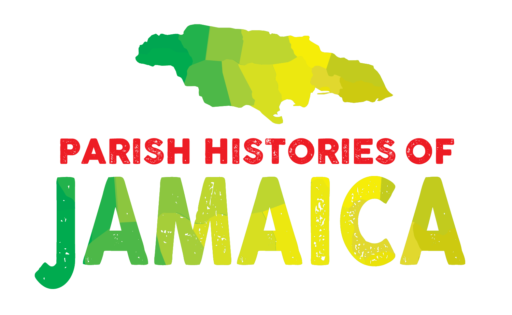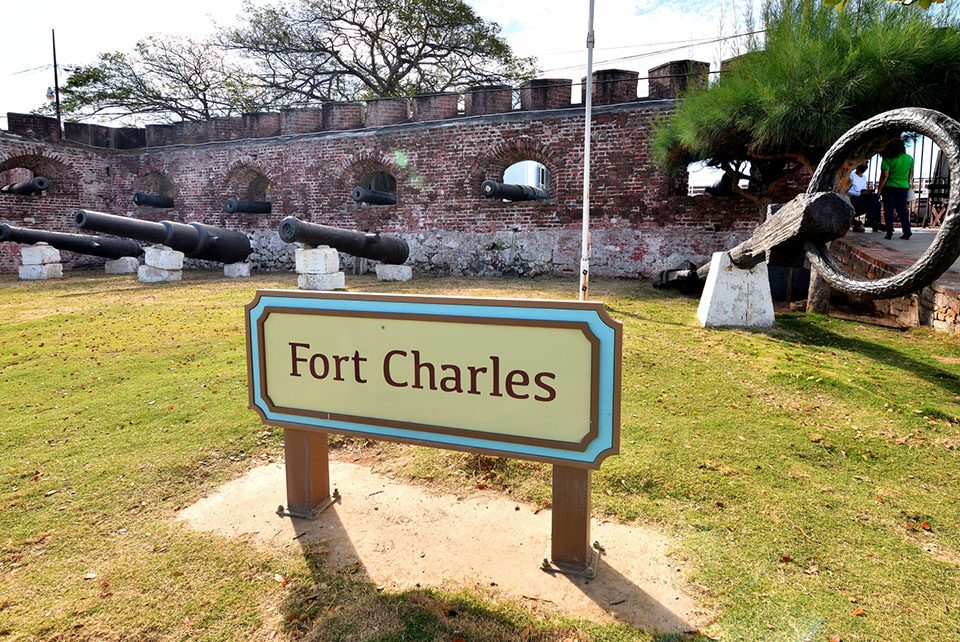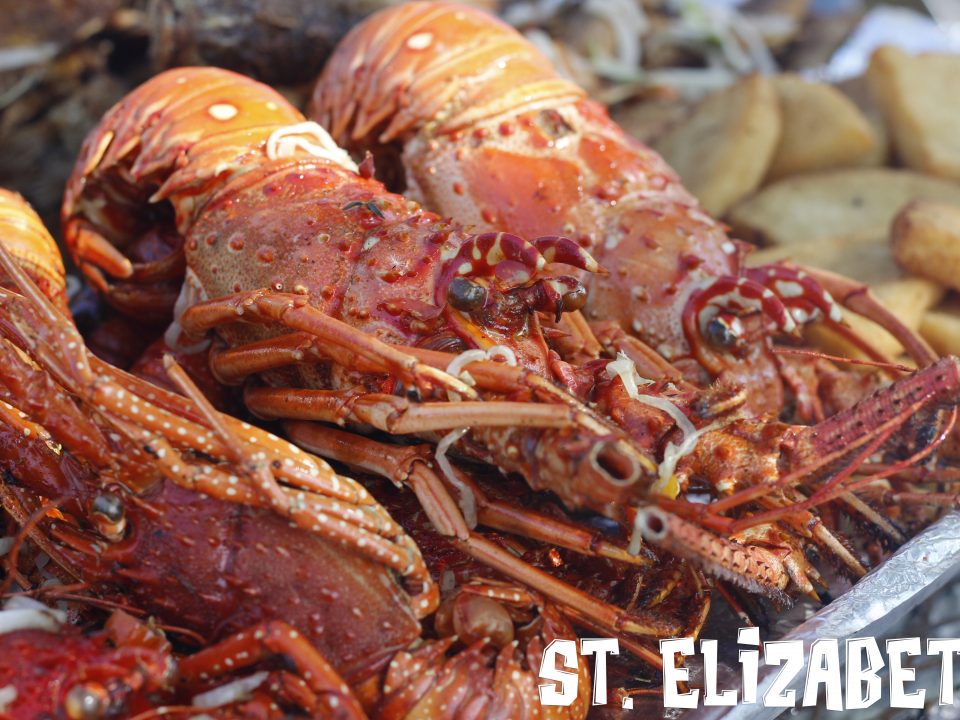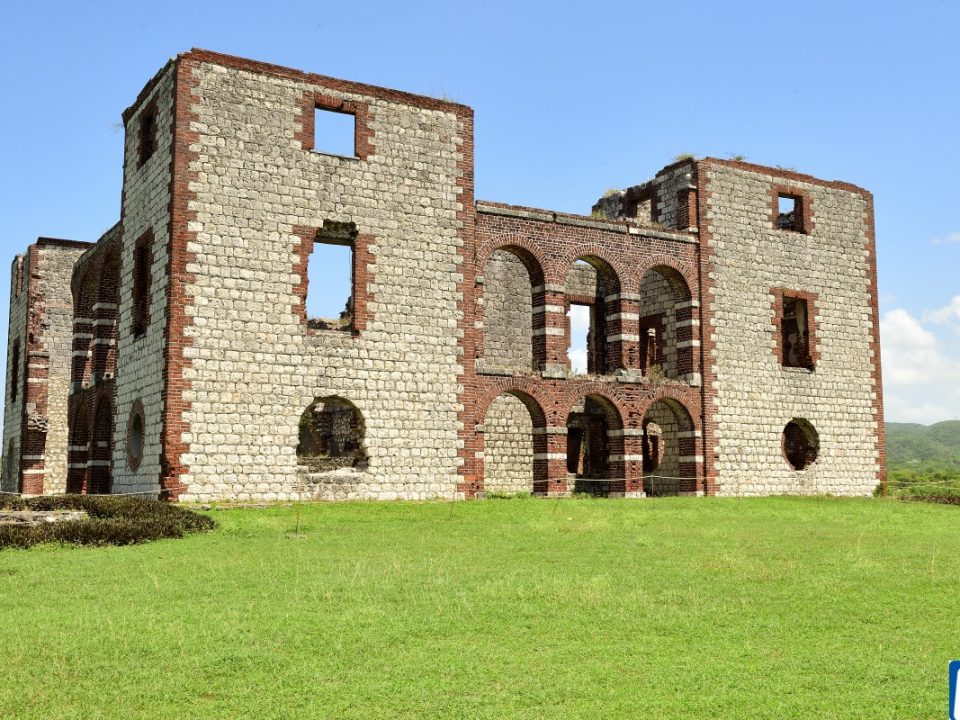St. James
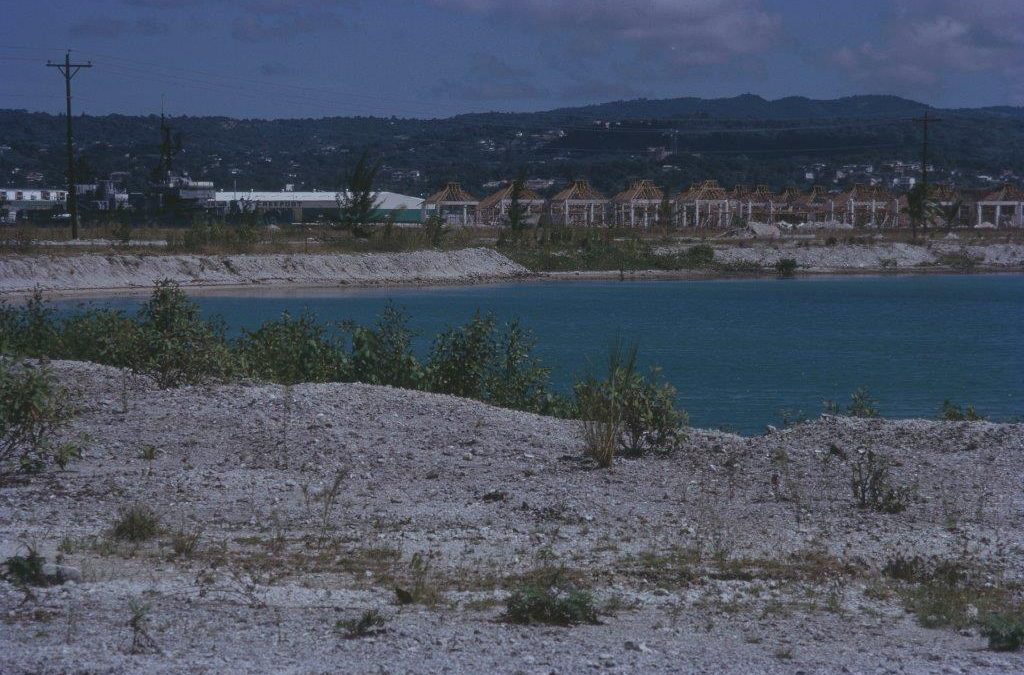
The Parish History of St James
By Dr Jenny Jemmott
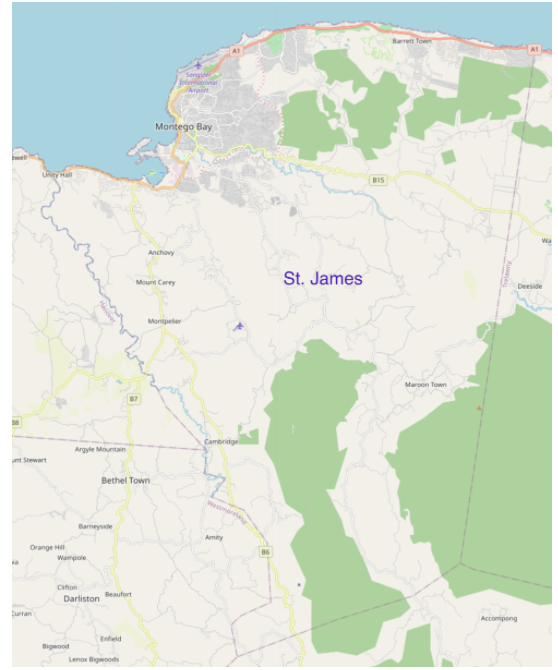
Base map and data from OpenStreetMap© and OpenStreetMap Foundation©.
Introduction
The story of St James began long before the parish as we know it came into existence. In the centuries before the European arrival, this lush, green and forested space was home to at least twenty-five known and studied locations where the first people of St James, the Tainos, lived. The arrival of the Spaniards in 1494 marked a turning point in the history of St James and indeed, all of Jamaica. With the exception of Bahia de Manteca, the Spanish origin of the name Montego Bay, the Spanish presence left very impact on the place names of the parish.
For the first people of St James, 1494 opened the gates to exploitation, diseases and virtual extermination. Later, colonial rule by the English reduced the parish to its present size of 591.2 square kilometres or 228.2 square miles and created the physical boundaries of St James as they exist today. Right up until the ending of slavery, it was mainly the English colonial system that shaped the economy and society of St James, allowing for the emergence of a thriving sugar-based economy in which enslaved Africans, the victims of forced migration, brought prosperity to the planter elite of St James. African ancestors on St James plantations were far from powerless however, hastening the arrival of Emancipation by what has been termed Jamaica’s greatest war for freedom, the Rebellion led by Sam Sharpe, National Hero.
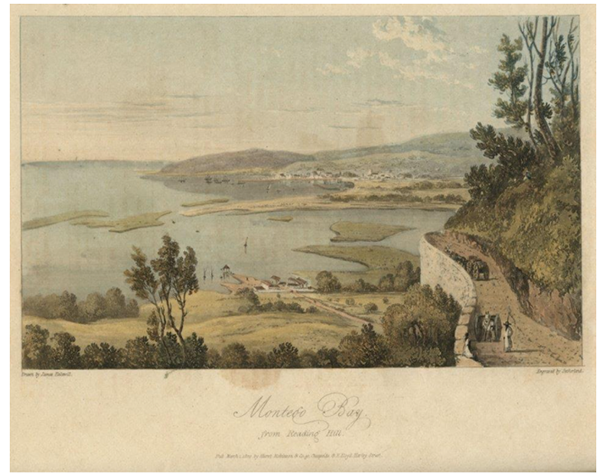
View of Montego Bay from Reading Hill Courtesy of National Library of Jamaica
In the century and a half after Emancipation, there was much that changed in the history of St James, while there was much that remained the same. As the parish entered the twentieth century, there were worrying signs of the widening gap between those who had and those who had not. First evident in the Montego Bay Riots of 1902, these signs resurfaced forcefully in 1938 and again in 1963 with the events at Coral Gardens. Still, the story of St James since Independence has seen the creative spirit of sons and daughters of the parish who have defied the odds and have persevered in their efforts to bring about a more vibrant economic and social life for themselves, their communities and ultimately for the beautiful north-coastal parish of St James. 1
St James and the First Jamaicans: The Taino Presence in the Parish
Overview of the Taino Sites in St James
Midden Sites, Villages and Cave Sites
According to archaeological investigations undertaken by the Jamaica National Heritage Trust (JNHT), St James was home to a substantial number of Taino sites, having at least twenty-five known and studied locations. Of these, there were approximately sixteen places across the parish where archaeologists uncovered midden sites. Among the twenty-five locations, there were also five Taino occupation and village sites. Importantly, the list of twenty-five sites also included two Taino caves.
